When we think of Indian cinema, we immediately think of Bollywood musicals (Mother India, Bombay, Dilwale Dulhania Le Jayenge to name but a few). The Indian film industry is as vast as the country. There are three main ones that differ in the language used during filming. The best known is Bollywood which is based in Film City north of Mumbai (Bombay) and which shoots in Hindi language. Then there is another equally important one that is located in the southeast of the country in Chennai, formerly Madras. The filming language is Tamil. Finally, the third is located in Kolkata (Calcutta) and runs in the Bengali language. The latter is often associated with Indian independent cinema, including the films of director Satyajit Ray , several of whose works have been screened or awarded at major international festivals. Each of these industries has its stars, although these are also known throughout the country and sometimes abroad as is the case for those of Bollywood. Since the early 2000s, there has been a revival of Indian cinema thanks to the emergence of a new wave of directors who want to move away from musical films and closer to a more Western format. It is on his films that we will look. We will choose some that have been released in French cinemas and are now available on DVD or on streaming platforms like Netflix.These are works that deserve all the attention because they deal with subjects that are sometimes very difficult in India with great talent and a very good mastery of staging. There is a particularly eclectic choice. This ranges from fantasy cinema to anticipation films that are particularly harsh in its purpose.
Cinema used as a marker of inequalities and social problems
Indian social cinema is particularly intense in its remarks. It shows a reality that is sometimes very harsh. One of the most striking works of the genre is without a doubt, Salaam Bombay! (1988) by Indian director Mira Nair , which won the Caméra d'Or (which rewards best first film) at the 1988 Cannes Film Festival.We follow Krishna (Shafiq Syed), a 10-year-old orphan, abandoned by the circus that employed him. He arrives in Bombay where he is immediately caught up in the madness of the city. He lives on the streets with a group of children and survives by delivering tea in Mumbai's red light district. This unique work puts the finger on a major problem of India, namely street children left to fend for themselves. This film is both a very strong observation and a beautiful lesson in optimism. We feel all the strength and disarray in which the character is plunged. This, from the first minutes of the film. India is a multifaceted country that, like its Chinese counterpart, has favoured boys over girls. This is mainly for cultural reasons. 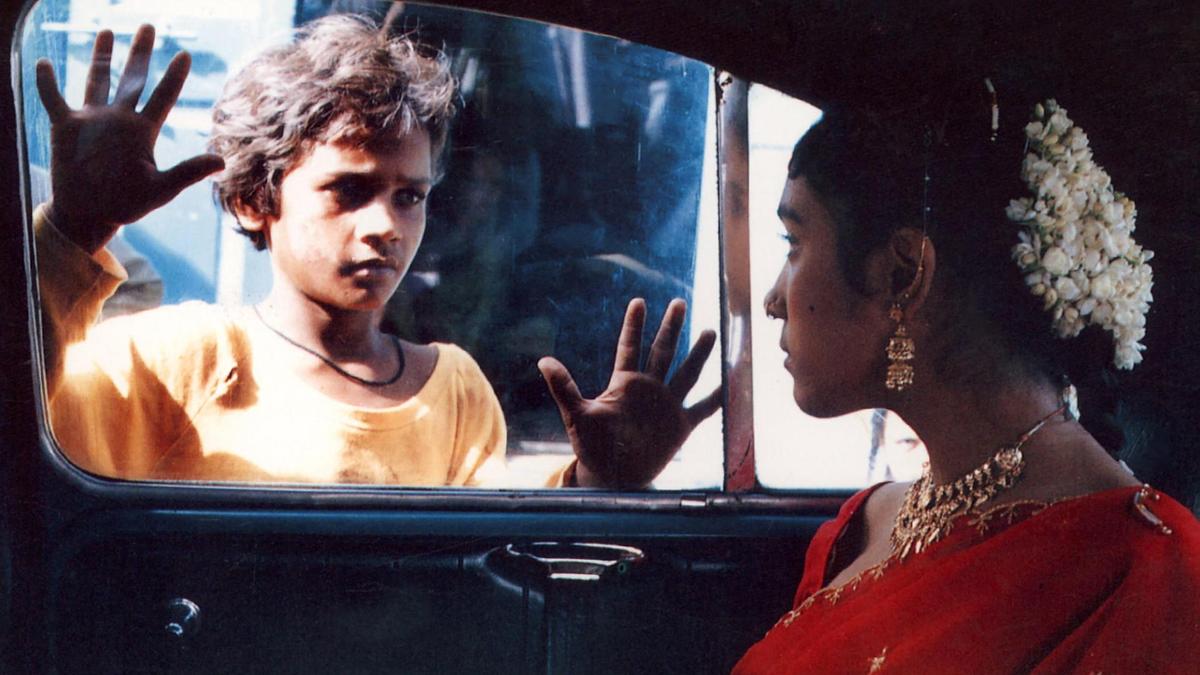 Sex selection before birth is the indirect backdrop for Matrubhoomi. Both painful and realistic. This subject is beautifully treated in Manish Jha's first film, Matrubhoomi, a world without women (2003). This work, at the same time very hard in its purpose, deserves to be seen. It is an anticipation at the antipodes of science fiction where the director makes an alarming observation on a prohibited practice and yet still practiced in the Indian countryside. That of sex selection before birth. The film takes place in the near future in the heart of a small village in rural India where only men live. In the nearby village lives the only girl in the area, Kalki (Tulip Joshi). One day, she is surprised by Ramcharan (Sudhir Pandey) father of 6 children (from the richest family in the area). He decides to buy her to marry her off to his 6 boys. Then begins his daily ordeal. The film, which can sometimes be very difficult on certain scenes, gives food for thought on the condition of women in India and more broadly in the world. As a UN report, indicated at the beginning of the film, points out, there is a shortage of about 50 million women in India due to prenatal selection.
Sex selection before birth is the indirect backdrop for Matrubhoomi. Both painful and realistic. This subject is beautifully treated in Manish Jha's first film, Matrubhoomi, a world without women (2003). This work, at the same time very hard in its purpose, deserves to be seen. It is an anticipation at the antipodes of science fiction where the director makes an alarming observation on a prohibited practice and yet still practiced in the Indian countryside. That of sex selection before birth. The film takes place in the near future in the heart of a small village in rural India where only men live. In the nearby village lives the only girl in the area, Kalki (Tulip Joshi). One day, she is surprised by Ramcharan (Sudhir Pandey) father of 6 children (from the richest family in the area). He decides to buy her to marry her off to his 6 boys. Then begins his daily ordeal. The film, which can sometimes be very difficult on certain scenes, gives food for thought on the condition of women in India and more broadly in the world. As a UN report, indicated at the beginning of the film, points out, there is a shortage of about 50 million women in India due to prenatal selection.  The fate of women is a recurring topic in Indian independent cinema. It takes different forms, treated wonderfully by director Deepa Mehta in her trilogy on the elements Fire (1996), Earth (1998) and Water (2005). Water, which is the last film in the trilogy, is perhaps the most intimate. It deals with a painful and representative subject of the status of women in India. We follow the fate of Chuyia (Sarala) in colonial India in 1938. At only 7 years old, after being married very young, she loses her husband (whom she never knew). She is then sent to a house where widows of all ages live. Considered the outcasts of society and who must beg to survive. The arrival of the little girl will upset the fragile balance of this particular house. This film sheds light on a little-known reality of Indian culture. In Hinduism, women are responsible for the death of their husbands, because they did not know how to keep their souls on earth. They are rejected by their in-laws and by society for some. This subject was also documented in photos by Amy Toensing (photography) and Cynthia Gorney (text) for National Geographic.
The fate of women is a recurring topic in Indian independent cinema. It takes different forms, treated wonderfully by director Deepa Mehta in her trilogy on the elements Fire (1996), Earth (1998) and Water (2005). Water, which is the last film in the trilogy, is perhaps the most intimate. It deals with a painful and representative subject of the status of women in India. We follow the fate of Chuyia (Sarala) in colonial India in 1938. At only 7 years old, after being married very young, she loses her husband (whom she never knew). She is then sent to a house where widows of all ages live. Considered the outcasts of society and who must beg to survive. The arrival of the little girl will upset the fragile balance of this particular house. This film sheds light on a little-known reality of Indian culture. In Hinduism, women are responsible for the death of their husbands, because they did not know how to keep their souls on earth. They are rejected by their in-laws and by society for some. This subject was also documented in photos by Amy Toensing (photography) and Cynthia Gorney (text) for National Geographic.  Indian Chronicles by Buddhadeb Dasgupta is a choral and poetic film that was released in France in 2004. Under the guise of a simple chronicle, it testifies to a reality that is a recurring problem of modern India. In Indian culture, children have to take care of their parents. But in the film, an elderly couple is abandoned in the first car that passes on a small road lost in the middle of nowhere. Under the guise of transporting them to a hospital that does not exist, one of the main characters will have to keep them and hide them from his perverse boss who often goes to a village of prostitutes (Gosapeira) and of which he is the driver. The film tells the fate of several characters linked directly or indirectly to this village. Rajani (Rituparna Sengupta) and his daughter Lati (Samata Das) or Natabar (Ram Gopal Bajaj). This work treated with great mastery immerses us in the complexity of gender relations in India at the end of the 60s but which could very well be that of the 2000s as the problem is still very present in people's minds.
Indian Chronicles by Buddhadeb Dasgupta is a choral and poetic film that was released in France in 2004. Under the guise of a simple chronicle, it testifies to a reality that is a recurring problem of modern India. In Indian culture, children have to take care of their parents. But in the film, an elderly couple is abandoned in the first car that passes on a small road lost in the middle of nowhere. Under the guise of transporting them to a hospital that does not exist, one of the main characters will have to keep them and hide them from his perverse boss who often goes to a village of prostitutes (Gosapeira) and of which he is the driver. The film tells the fate of several characters linked directly or indirectly to this village. Rajani (Rituparna Sengupta) and his daughter Lati (Samata Das) or Natabar (Ram Gopal Bajaj). This work treated with great mastery immerses us in the complexity of gender relations in India at the end of the 60s but which could very well be that of the 2000s as the problem is still very present in people's minds. 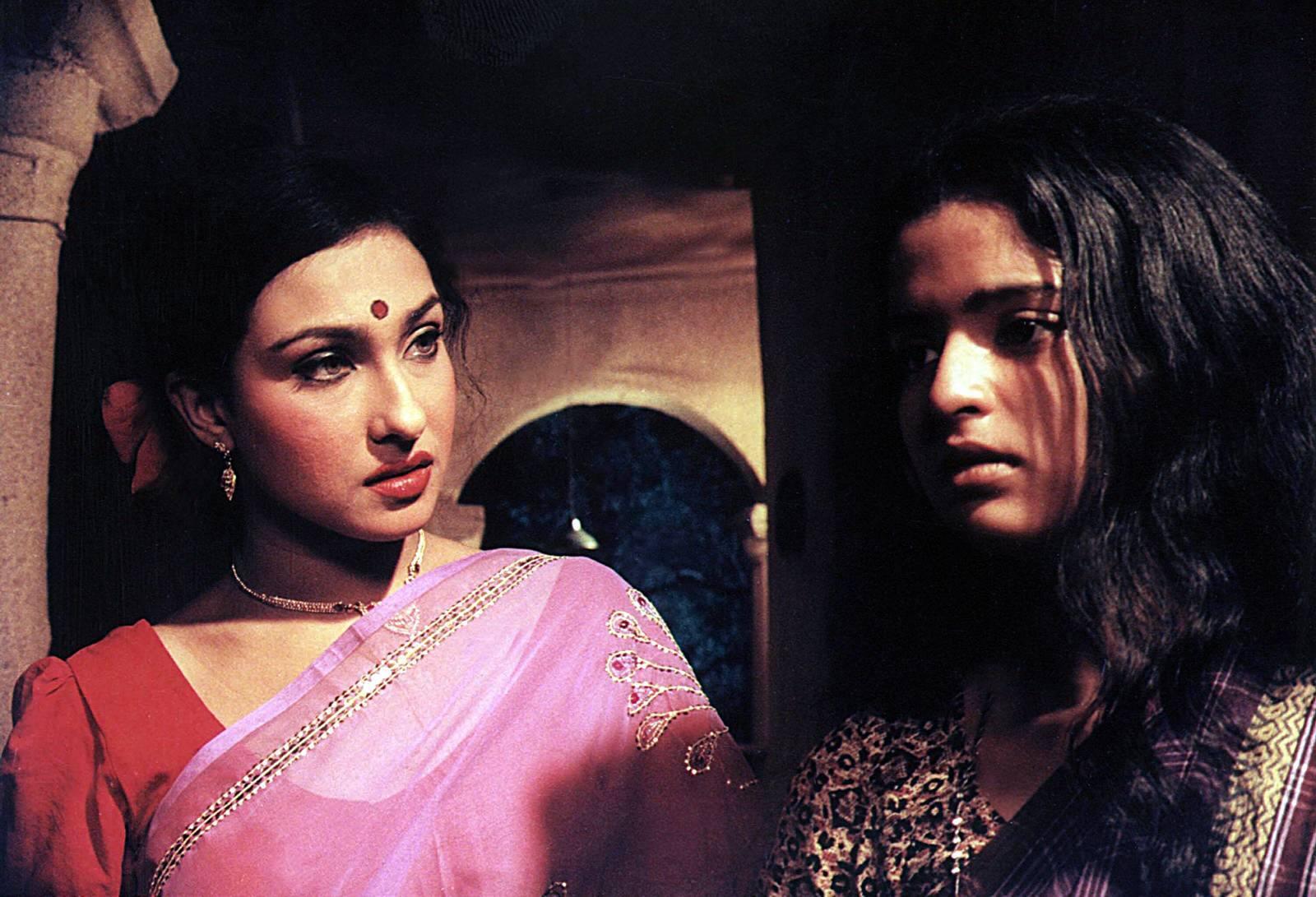
Genre film that shows a new breath:
Independent cinema is not only a showcase for the country's social problems . It is also a formidable pool of talent who are embarking on genre cinema. We will look at some films that represent this growing dynamism of new Indian cinema. The most obvious example is undoubtedly Ugly (2013) by Anurag Kashyap, a particularly striking thriller rich in twists and turns, which bears comparison with films of the genre. It plunges us into the heart of a city teeming with activity. Rahul (Rahul Bhat) and Shalini (Tejaswini Kolhapure) are the divorced parents of Kali (Anshikaa Shrivastava). When the latter disappears in the tumult of the city. This is the beginning of a race against time to find her. Ugly, in addition to its dynamism that keeps the viewer in suspense throughout the film, deconstructs with great meticulousness the myth of the Indian family conveyed by Bollywood musicals. Focusing on a society that has lost all its moral bearings, he denounces the sudden upheavals of Indian society that continues to chase profits against a background of greed and corruption. 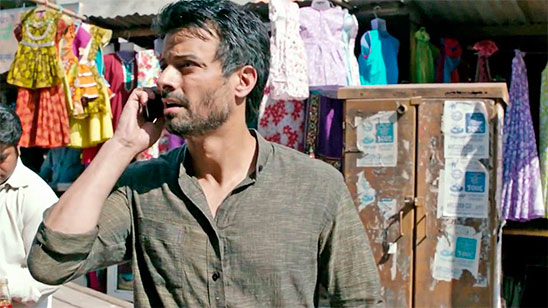 Gang of Wasseypur (2012) is also a film by Anurag Kashyap. It is emblematic of the new breath of Indian genre cinema. Presented at the Directors' Fortnight of the Cannes Film Festival 2012. Strongly inspired by American gangster movies, it has all the codes with an Indian touch that can sometimes confuse the Western viewer. The film is divided into two particularly long parts that tell the rivalries of different gangster families spread over three generations. From the 40s to the present day. Possessing a dynamic staging, it nevertheless stands out for its great violence.
Gang of Wasseypur (2012) is also a film by Anurag Kashyap. It is emblematic of the new breath of Indian genre cinema. Presented at the Directors' Fortnight of the Cannes Film Festival 2012. Strongly inspired by American gangster movies, it has all the codes with an Indian touch that can sometimes confuse the Western viewer. The film is divided into two particularly long parts that tell the rivalries of different gangster families spread over three generations. From the 40s to the present day. Possessing a dynamic staging, it nevertheless stands out for its great violence. 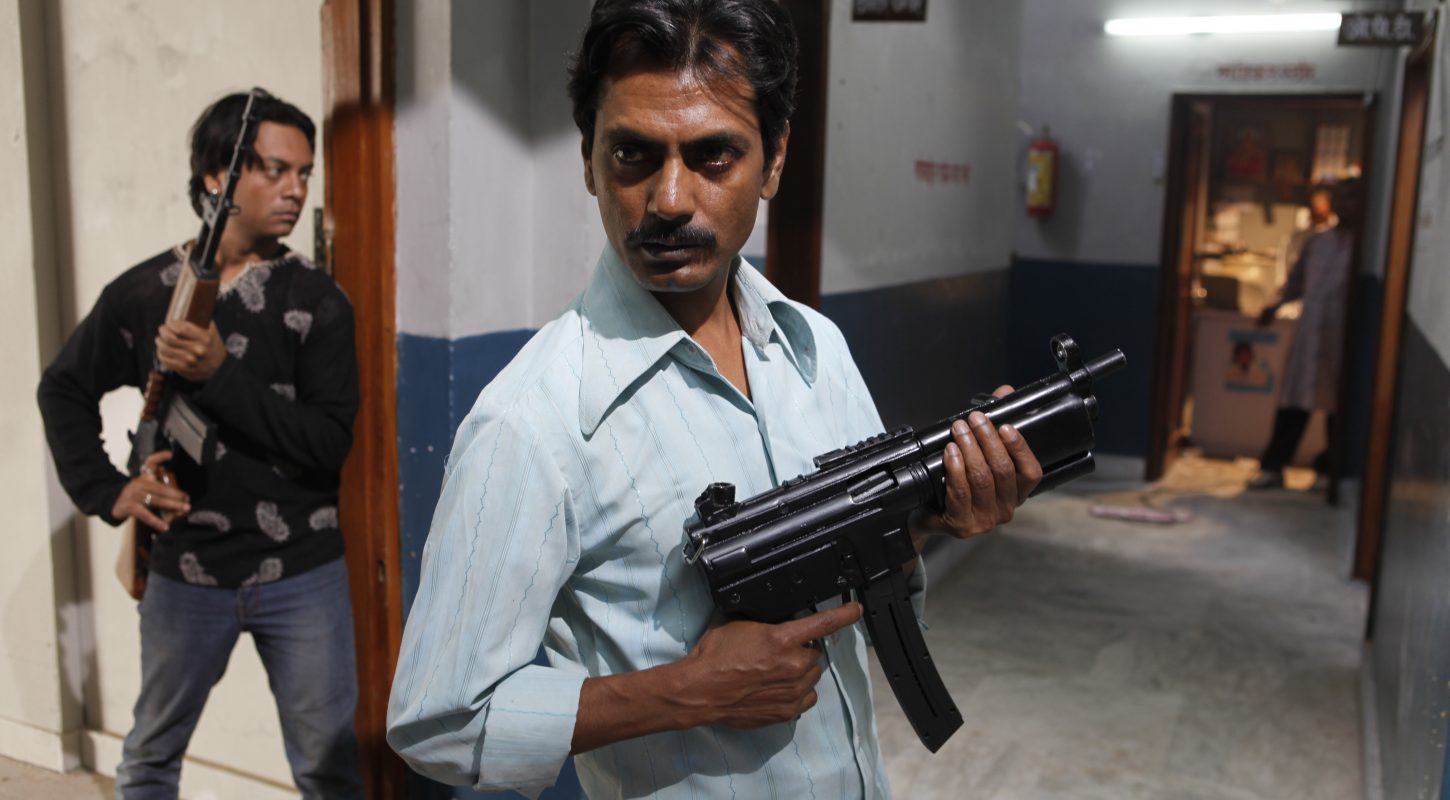 Finally, the last genre film we will talk about is Ghosts (Bhoot) by Ram Gopal Varmareleased in 2003. It plays on a completely different register, that of the fantastic thriller. The story takes place in a luxurious building in Mumbai.Vishal (Ajay Devgan) and his wife Swati (Urmila Matondkar) move into a comfortable apartment. Vishal hides from his wife the drama that unfolded with the previous tenant who died by falling from the balcony. Very quickly, Swati will witness strange apparitions. The film was a success in India but went relatively unnoticed in France. It does not revolutionize the genre but it shows us the dynamism of Indian cinema which multiplies genre films.
Finally, the last genre film we will talk about is Ghosts (Bhoot) by Ram Gopal Varmareleased in 2003. It plays on a completely different register, that of the fantastic thriller. The story takes place in a luxurious building in Mumbai.Vishal (Ajay Devgan) and his wife Swati (Urmila Matondkar) move into a comfortable apartment. Vishal hides from his wife the drama that unfolded with the previous tenant who died by falling from the balcony. Very quickly, Swati will witness strange apparitions. The film was a success in India but went relatively unnoticed in France. It does not revolutionize the genre but it shows us the dynamism of Indian cinema which multiplies genre films. 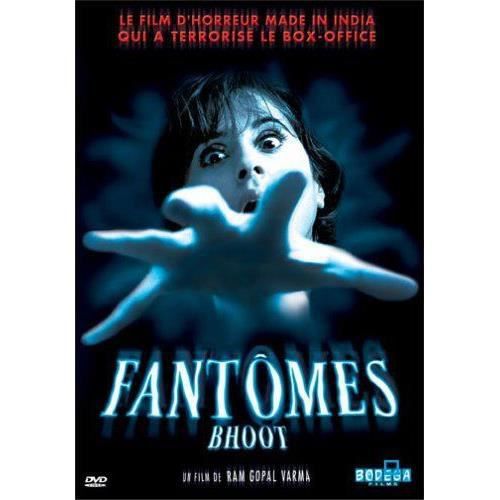
Chronicle of Modern India:
As for Chinese cinema. There is an international collaboration that allows Indian cinema to take its borders out of its borders. It is the production of chronicles of modern India which, like genre cinema, shows the full extent of the talent of young Indian filmmakers. There is a richness in the subjects treated. We will see a small selection that has been released in French cinemas.
Masaan, Neeraj Ghaywan
One of the most successful films is Neeraj Ghaywan's first film, Masaan, which was presented at the 2015 Cannes Film Festival where it won the FIPRESCI Prize and the Special Prize in the category. Un Certain Regard which is one of the two parallel selections to the official competition. The film, of great poetry, tells us different love stories against a background of Indian culture and belief (religious through the caste system). Through this work we explore all the upheavals of an Indian society in constant mutation but which is still plagued by corruption as the film shows us. The story follows two parallel paths including that of Devi Pathak (Richa Chadda) who is caught in bed with her lover and where the police officer in charge of the investigation will blackmail Devi's father, Vidyadhar (Sanjay Mishra) in order to extort money from him. Meanwhile, Deepak (Vicky Kaushal) from a low caste is studying to become an engineer. He also worked with his father and brother to cremate bodies on the banks of the Ganges. He falls in love with Shaalu (Shweta Trpathy), who belongs to a high caste. In the eyes of their respective families, this love is impossible.Masaan shows both sides of a reality facing India today. His desire for change on the one hand, and on the other, the weight of traditions deeply rooted in the mores of the country. 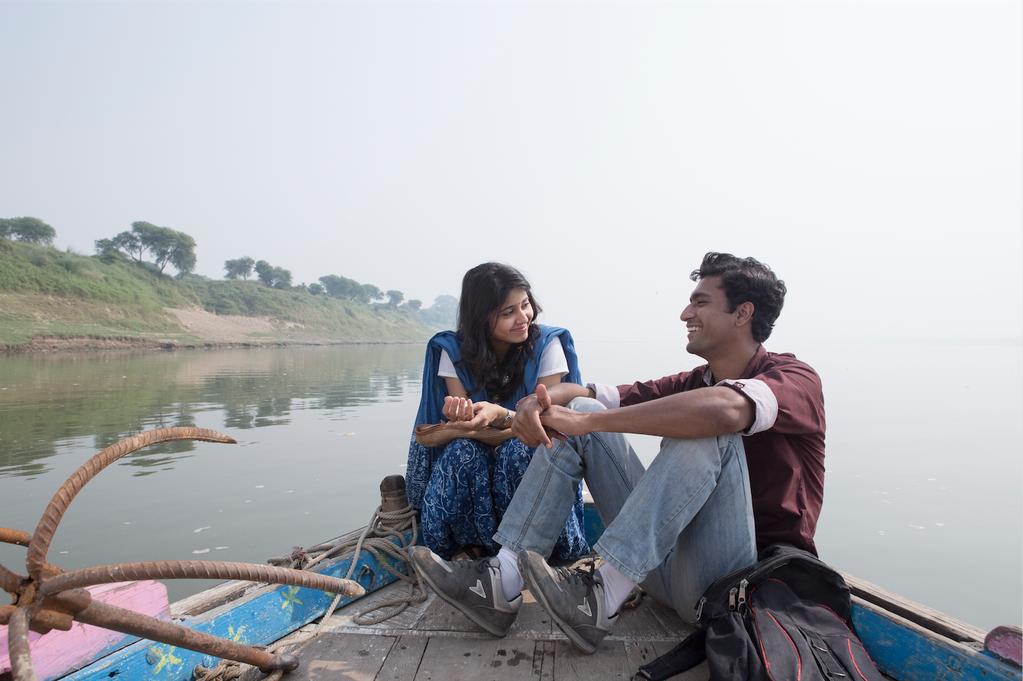
Titli, Kanu Behl
Titli, an Indian chronicle (2014) by Kanu Behl is a film shot in super 16 with non-professional actors. Which makes it particularly realistic. We follow the destiny of three brothers in modern India where they struggle to support themselves between dream and difficult reality. The youngest of the siblings, Titli (Shasshank Arora), a butterfly in Hindi, hatches a plan to escape the grip of his brothers. They realize this and decide to marry him to the young Neelu (Shivani Raghuvanshi) so that he can fall into line. The two spouses will become valuable allies to escape the grip imposed on them by a still patriarchal society and their respective families. The film was presented in the "Un Certain Regard" category at the 2014 Cannes Film Festival. History immerses us in the noise, concrete and dust of an India in perpetual motion. For the characters, every day is a constant struggle for survival. This unique work is perhaps one of the most striking Indian films of recent years. 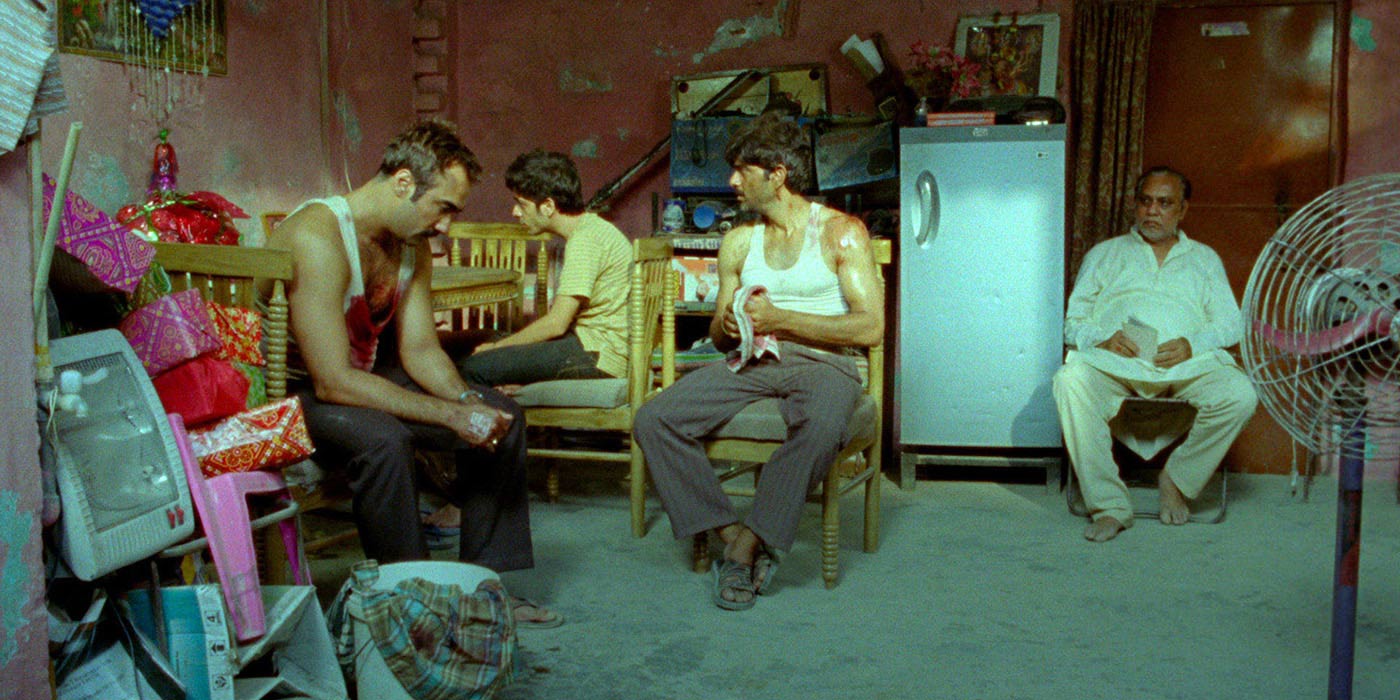 Conversely, the next two films play on a completely different register. That of the chance encounter that upsets the lives and perception of the characters, without ever falling into tearful sentimentalism.
Conversely, the next two films play on a completely different register. That of the chance encounter that upsets the lives and perception of the characters, without ever falling into tearful sentimentalism.
The Lunchbox, Ritesh Batra
Ritesh Batra's The Lunchbox was released in 2013 after being presented at Cannes Critics' Week and the Toronto Film Festival of the same year, it was a great success with audiences and critics alike. We discover through this humanist chronicle a service that exists only in Bombay (Mumbai). That of the dabbawallahs, the meal deliverers. Saajan Fernandes (Irrfan Khan) is a lonely and withdrawn accountant close to retirement. Every day, he has his meal delivered from a restaurant. In reality, a mistake in the delivery brings her the meal prepared by Ila Singh (Nimrat Kaur) for her husband who abandons her. Very quickly, they notice the error but choose to let this mystery settle. This is the beginning of a long-distance relationship between the two characters consumed by loneliness. The grace that emanates from the film through this encounter could only be virtual. The choice to stay in an exchange of little secret words sends the characters and the spectators back into a nostalgia for love letters gradually erased by smartphones. 
The photographer, Ritesh Batra
The photographer is also a realization of Ritesh Batra. It was released in France in January 2020. As in The Lunchbox, there is a certain nostalgia for the past. Raphi (Nawazuddin siddiqui) is a photographer for tourists who works in the tourist district near the gateway to India. One day, he meets a young middle-class woman from Mumbai, Miloni (Sanya Malhotra). The latter agrees to pose as Raphi's girlfriend in the eyes of his grandmother who is in a hurry to marry him.This banal role-playing game takes on an unexpected scale over time. This modern love story is an opportunity for the director to talk about Indian society and its difficulties in reforming in depth. The film advocates inter-caste dating. Far from the ancestral rules that have governed Indian society for centuries. 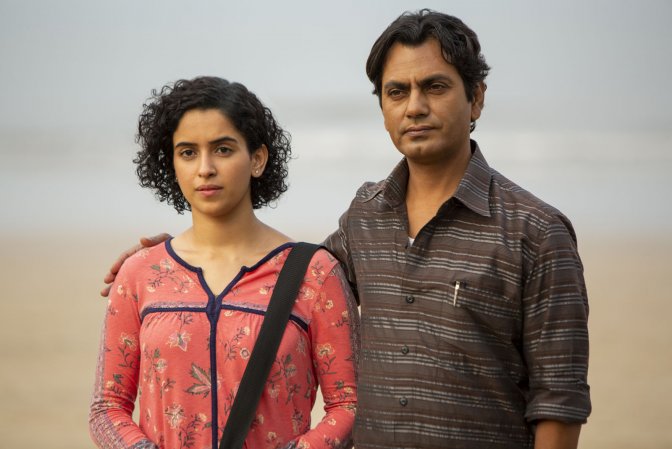 We have seen through a small selection of films readily available in France that Indian cinema is not just about Bollywood musicals. Moreover, the screening of a Bollywood film in theaters is a spectacle in itself. Directors such as Anurag Kashyap and Ritesh Batra are participating in the dynamism of the new Indian cinema.It is also important to point out that Bollywood films are extremely codified. They respond to very specific rules in terms of history and development. This aspect very often escapes the Western public who sees only the kitsch. Cinema in India is an extremely popular art, perhaps the most popular. It serves as a common factor in a multicultural society where all religions and all social levels coexist. As with Bollywood cinema, independent cinema has its audience even if it is less numerous and often from a higher social class. It is no coincidence that Kokata is compared to this genre when we know that it is one of the cities in the world that hosts the most Nobel Prizes. The dynamism of a nation is measured by its attachment to art in all its forms. India is a country that suffers from many social problems but it is one of the major players in world cinema because of its large number of productions but also its large population which makes it a huge market to conquer. It is no coincidence that Netflix or Amazon Prime offer more and more on their platform.
We have seen through a small selection of films readily available in France that Indian cinema is not just about Bollywood musicals. Moreover, the screening of a Bollywood film in theaters is a spectacle in itself. Directors such as Anurag Kashyap and Ritesh Batra are participating in the dynamism of the new Indian cinema.It is also important to point out that Bollywood films are extremely codified. They respond to very specific rules in terms of history and development. This aspect very often escapes the Western public who sees only the kitsch. Cinema in India is an extremely popular art, perhaps the most popular. It serves as a common factor in a multicultural society where all religions and all social levels coexist. As with Bollywood cinema, independent cinema has its audience even if it is less numerous and often from a higher social class. It is no coincidence that Kokata is compared to this genre when we know that it is one of the cities in the world that hosts the most Nobel Prizes. The dynamism of a nation is measured by its attachment to art in all its forms. India is a country that suffers from many social problems but it is one of the major players in world cinema because of its large number of productions but also its large population which makes it a huge market to conquer. It is no coincidence that Netflix or Amazon Prime offer more and more on their platform.








































